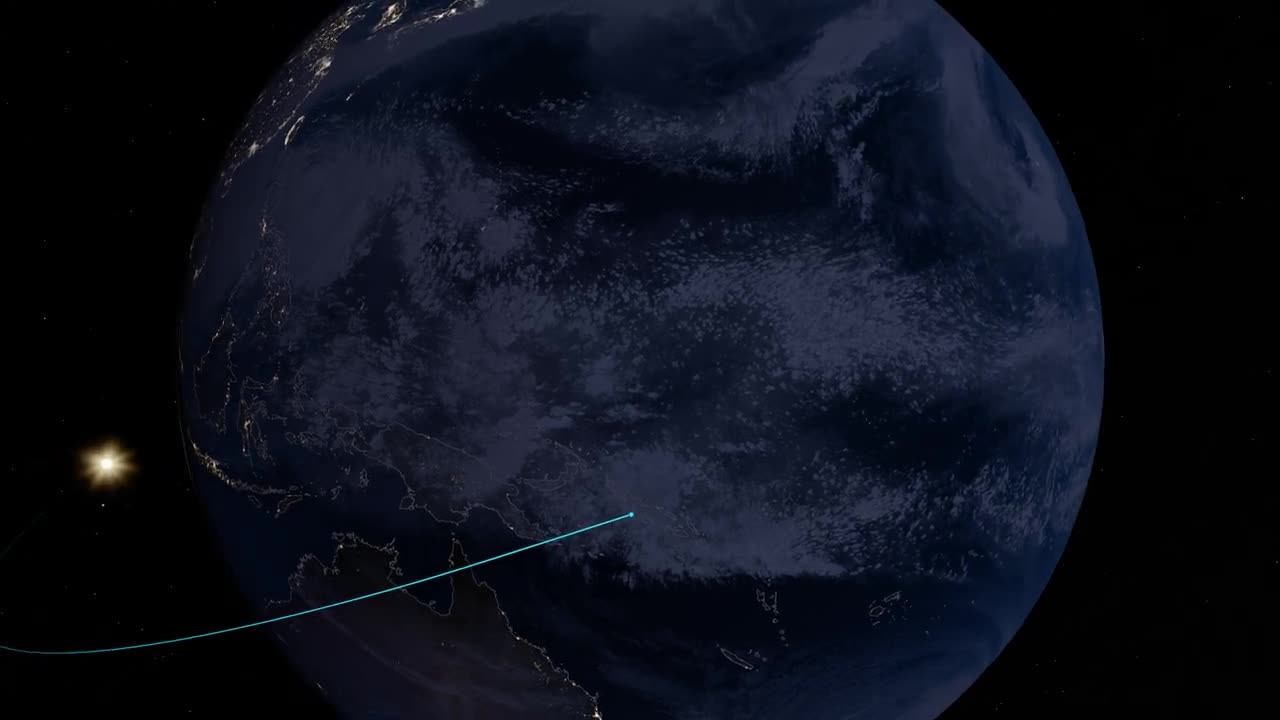Premium Only Content

Lucy Spacecraft Will Slingshot Around Earth
This Video is only to get the knowledge.
Mission Overview: The Lucy mission is part of NASA's Discovery Program, which focuses on launching cost-effective missions to study various aspects of our solar system. Lucy was selected as the 13th mission in the Discovery Program and is led by the Principal Investigator, Dr. Harold F. Levison of the Southwest Research Institute.
Trojan Asteroids: Trojan asteroids are a group of asteroids that share Jupiter's orbit around the Sun. They are located at two Lagrange points, L4 and L5, which are 60 degrees ahead of and behind Jupiter in its orbit. These points are stable gravitational regions where the gravitational forces of Jupiter and the Sun combine to create regions of relative stability, allowing asteroids to accumulate over billions of years.
Mission Goals: Lucy's primary goal is to study a total of seven Trojan asteroids, including both L4 and L5 Trojans, to understand their physical and chemical properties, as well as their historical and geological context. By studying these asteroids, scientists hope to uncover clues about the formation and evolution of our solar system, as well as the conditions that prevailed during its early stages.
Spacecraft Design: The Lucy spacecraft is equipped with various scientific instruments and cameras to capture high-resolution images and collect data about the Trojans' surface features, composition, and other characteristics. It also carries spectrometers to analyze the asteroids' compositions and thermal emission.
Launch and Itinerary: As of my last update, Lucy was scheduled to launch in October 2021. The spacecraft's trajectory is designed to perform a series of gravity assists using Earth's and Jupiter's gravity to reach its ultimate destination. During its mission, Lucy would conduct flybys of one main belt asteroid and six Trojans, including both L4 and L5 targets.
Scientific Significance: The study of Trojan asteroids is important because they are believed to be remnants from the early stages of the solar system's formation. They could provide valuable insights into the conditions and processes that shaped the solar system billions of years ago. By studying their compositions and characteristics, scientists can better understand the history of our solar system.
-
 LIVE
LIVE
Steven Crowder
2 hours ago🔴 Brian Stelter's Delusional Response to the Charlotte Stabbing is Everything Wrong With Media
25,903 watching -
 59:03
59:03
The Rubin Report
1 hour agoCharlie Kirk Notices Something in the Charlotte Stabbing That Most Are Afraid to Admit
4.52K18 -
 2:03:56
2:03:56
Benny Johnson
2 hours agoBOMBSHELL: Massive Judicial Corruption Scam That ALLOWED Black Killer to Murder in Charlotte EXPOSED
14.2K28 -
 UPCOMING
UPCOMING
The Shannon Joy Show
46 minutes ago🔥🔥Could Trump Trigger The Globalist Great Reset?🔥🔥
1 -
 LIVE
LIVE
Trumpet Daily
24 minutes agoTrumpet Daily LIVE | Sept. 9, 2025
327 watching -
 27:46
27:46
Rethinking the Dollar
1 hour agoUS Jobs Report DECEPTION – Precious Metals Smell Blood (Fed To Cut BIG) | Morning Check-In: Let's Talk...
822 -
 1:00:08
1:00:08
VINCE
3 hours agoBREAKING: Trump Goes To 'War' In Chicago | Episode 121 - 09/09/25
120K114 -
 LIVE
LIVE
LFA TV
5 hours agoLFA TV ALL DAY STREAM - TUESDAY 9/9/25
5,011 watching -
 1:34:42
1:34:42
Dear America
3 hours agoTrump DESTROYS Dems: ‘Blood On Their Hands!’ — America Won’t Survive Without Law & Order”
74.6K46 -
 DVR
DVR
Nerdrotic
4 hours ago $1.99 earnedUFO Disclosure Hearing LIVE REACTION - Forbidden Frontier #116
16K6